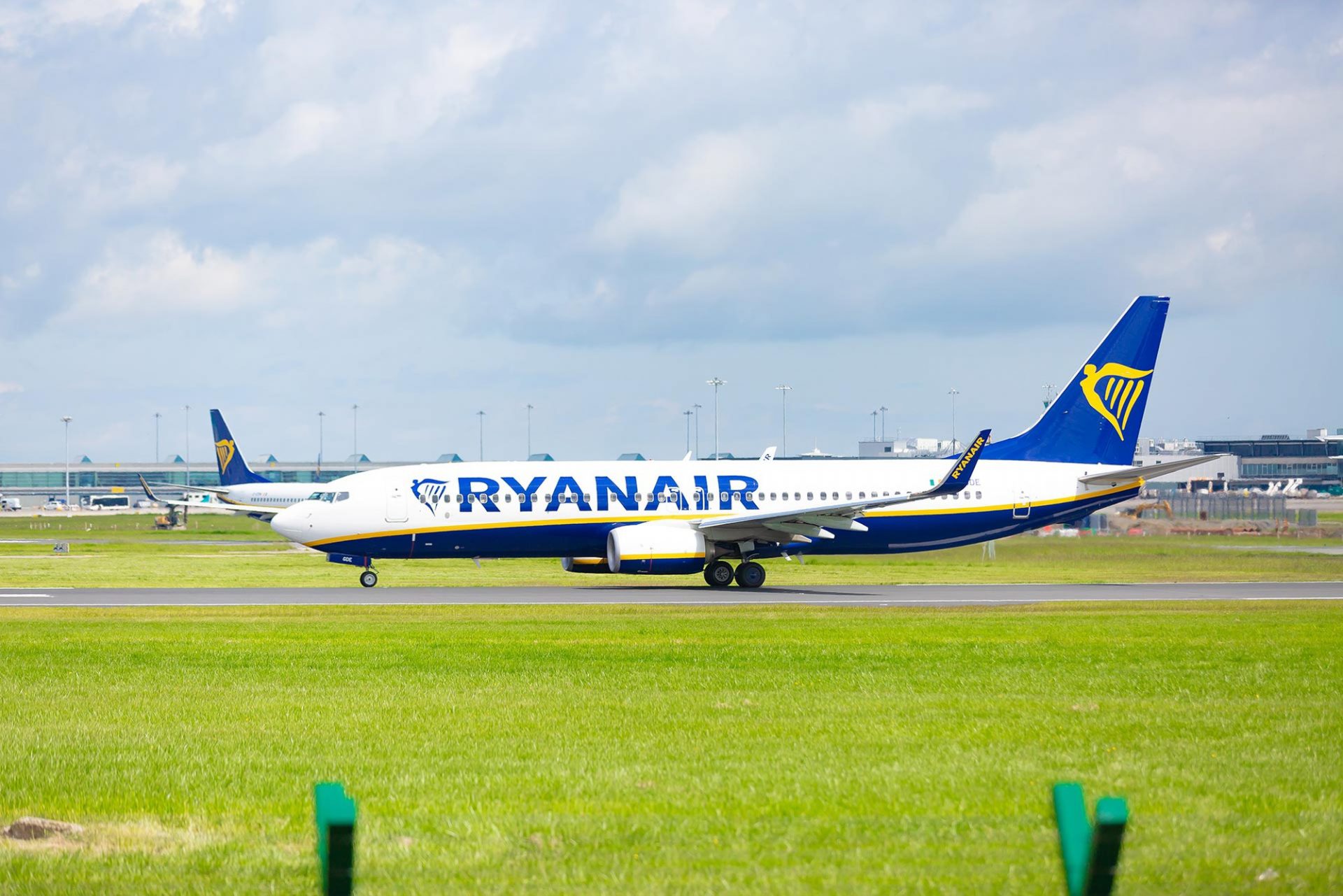
Last week, Boeing (NYSE:BA) reported that its backlog declined by a full $100 billion in 2020, ending the year at $363 billion. The company struggled to generate orders throughout the year. Meanwhile, it had to remove numerous orders from its backlog due to outright cancellations and judgments that certain orders were likely to fall through.
In its recently filed annual report, the plane maker provided more details on the rapid erosion of its order book. Most notably, it retroactively erased more orders from its year-end firm backlog.
737 MAX orders keep disappearing
Boeing booked its first major 737 MAX order in two years last December, as Ryanair exercised options for 75 additional units. The aircraft manufacturer also booked a separate order for seven 737 MAX jets from an unidentified customer. However, Boeing removed 66 orders from its backlog during December, leaving its year-end firm backlog for the 737 family at 3,321 units.
In preparing its 2020 annual report, Boeing decided that additional 737 MAX orders had become questionable. That caused it to trim its reported 737 MAX backlog by another 39 units. This means its 737 MAX backlog actually shrank in December, despite the big Ryanair order.
Of course, Boeing still has 3,282 737-family orders in its backlog. That’s a sizable number, even compared to the record 580 737s that Boeing delivered in 2018. However, many of those orders won’t be delivered until the late 2020s. (Boeing estimates that 34% of its current backlog won’t convert to revenue until at least 2025.) Furthermore, Boeing will likely suffer additional order cancellations in 2021, whereas very few airlines will need or want to place major aircraft orders soon. Thus, the 737 backlog could continue to shrink over the next couple of years, preventing Boeing from ramping production back up to 2018-2019 rates.
Bigger trouble for the 777X
Although Boeing still faces major challenges in getting the 737 MAX program back on track, the 777X has become an even bigger headache. Five years ago, the jumbo-jet replacement looked like a sure thing. Boeing designed the larger 777-9 variant as the largest twin-engine jet ever. It could carry almost as many passengers as a double-decker Boeing 747 while burning much less fuel.
Alas, jumbo jets have rapidly fallen out of favor in recent years. Most airlines have found that they can make more money by using smaller jets like the 787 Dreamliner for long-haul flights. More than seven years after sales began, Boeing has lined up just nine customers for the 777X, and some of those have lost interest in the type. Meanwhile, various design and certification issues have forced Boeing to postpone the first delivery by more than three years, from mid-2020 to late 2023. That will make it easier for dissatisfied customers to walk away from their orders without penalty.

Image source: Boeing.
As a result, Boeing has reclassified 118 of its 309 777X orders as doubtful. The company hasn’t revealed which orders it expects to disappear, but Etihad and Cathay Pacific have been hinting that they don’t need a plane that big. Together, those two airlines accounted for 46 777X orders. The unidentified order for 10 jets is also likely to be canceled. Emirates likely accounts for the bulk of the remaining expected cancellations. The Dubai-based airline giant holds orders for 115 777Xs, but it won’t need nearly that many for the foreseeable future.
The 777X is simply too big for most airlines. Unless Boeing can win major orders from China — which depends mainly on political considerations — the market may never support production of more than three or four per month. With development costs rising and the plane’s sales prospects falling, Boeing booked a $6.5 billion reach-forward loss on the 777X program last quarter, indicating that it doesn’t expect the model to be profitable over its planning horizon.
Boeing’s problems haven’t disappeared
The 737 MAX’s return to service cleared one big obstacle to a Boeing recovery. The end of the pandemic will also enable Boeing to begin ramping up production again. However, investors shouldn’t assume that these positive developments will allow Boeing to generate revenue, earnings, and free cash flow at 2018 levels in the foreseeable future.
Boeing’s shrinking backlog means that most of its aircraft programs are unlikely to return to pre-pandemic production rates — even five years from now. The pandemic caused many of its airline customers to realize that they needed to rein in their growth plans. And for the 777X program, low demand could severely crimp Boeing’s cash flow over the next decade.
Until Boeing fixes its ailing balance sheet and stabilizes its order backlog so that it can support higher long-term production rates, investors should steer clear of the struggling aerospace giant.
Should you invest $1,000 in The Boeing Company right now?
Before you consider The Boeing Company, you’ll want to hear this.
Investing legends and Motley Fool Co-founders David and Tom Gardner just revealed what they believe are the 10 best stocks for investors to buy right now… and The Boeing Company wasn’t one of them.
The online investing service they’ve run for nearly two decades, Motley Fool Stock Advisor, has beaten the stock market by over 4X.* And right now, they think there are 10 stocks that are better buys.
*Stock Advisor returns as of November 20, 2020






